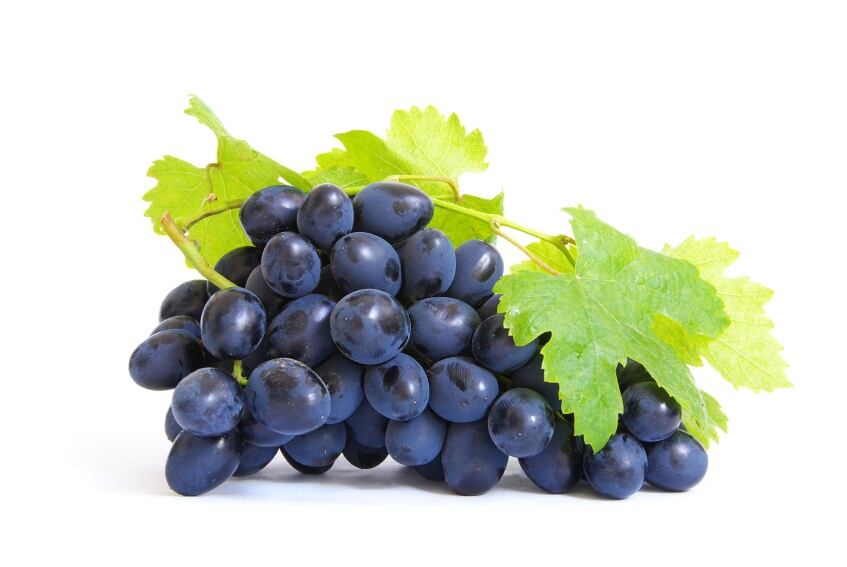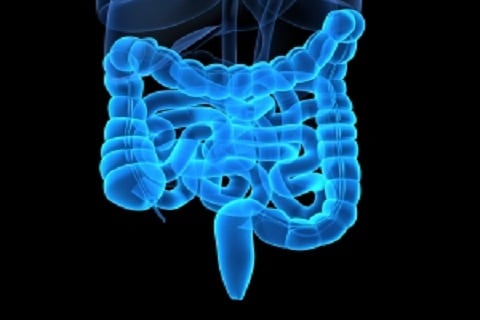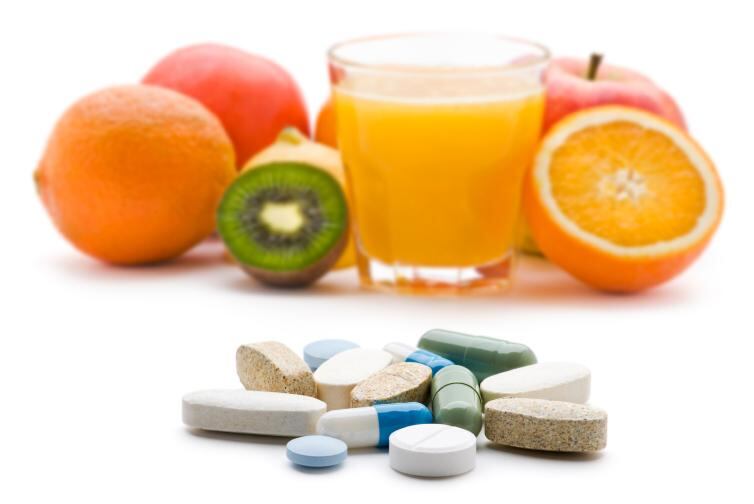Consumption of foods that are rich in polyphenolic compounds has long been associated with a reduction in the risk of a number of chronic diseases, including cardiovascular disease, cancer, and inflammatory diseases.
Despite the epidemiological associations between polyphenols and health, the science to help us better understand the compounds, and formulate good products, has some way to go, said Dr Jess Reed, a professor at the University of Wisconsin-Madison, and CSO of Complete Phytochemical Solutions, LLC, a consultancy with over 80 years of collective research experience developing and applying analytic methods to assess bioactivity, authenticity and standardization of fruits, forages, extracts and value-added products.
“We need a shift in the paradigm,” said Dr Reed. “We need better science to better inform the regulators and consumers, but we’re behind. We need more investment in the science, and the market has to bear some of the cost.”
Bioavailability
While the dietary supplement industry has drilled down into the science of vitamins and minerals, polyphenols polyphenols have been treated in too general way, he said. Discussions about bioavailability, for example, are complicated, and the literature is confounded.
“Some generalizations can be made in terms of bioavailability but it is very much a compound-specific issue.
“It is often difficult to reach conclusions regarding digestion and absorption of individual polyphenols,” said Lora Xiong, R&D Director for Ethical Naturals, Inc. (ENI), “however a number of studies validate their broad spectrum benefits.”
“Bioavailability varies widely among polyphenols and, for some of compounds, among dietary sources, depending on the forms they contain,” added Xiong. “In general, it was suggested that monomer polyphenols (smaller moleculars) have a better bioavailability. According to some studies, the polyphenols that are most well absorbed in humans are isoflavones and gallic acid, followed by catechins, flavanones, and quercetin glucosides, with different kinetics. The least well-absorbed polyphenols are the proanthocyanidins, and the anthocyanins. However, the big moleculars (e.g. proanthocyanidins) are relatively stable and also show great health benefits though they are not as easily absorbed.”
Beyond blood and urine
Dr Julien Cases, innovation manager at French botanical extract supplier Fytexia, said that measuring polyphenols bioavailability is a complex process that involves many parameters, and the first step is to properly define ‘bioavailability’.

“Bioavailability studies have to consider intestinal metabolism, intestinal absorption, liver metabolism, tissue uptake and metabolism, biological effect in tissue, urinary and fecal excretion,” he explained. “Therefore, to measure polyphenols bioavailability, it is important to be able to have a perfect characterization of ingested polyphenols, to be able to analyze their metabolites in blood circulation, to be able to measure a biological effect with relevant biomarkers, to be able to measure urinary and fecal excretion; then after you will be able to report the bioavailability of a specific polyphenol.
“It is interesting to note that based on high variability of bioavailability within the polyphenol family, that the most abundant forms ingested are not necessary leading to the highest concentration of active metabolites in the targeted tissues,” added Dr Cases.
A more stringent definition of bioavailability is indeed needed, said Dr Reed. “There is too much emphasis on blood and urine markers. That is not bioavailability. In its simplest sense, bioavailability is the ability of an organism to use a compound in its intake for energy and metabolism.”
Almost all polyphenols are metabolized by the gut microbiota and human cells, explained Dr Reed, and most of the metabolism occurs in the gut.
Do we have the tests to elucidate this bioavailability? “It’s challenging, but yes,” said Dr Reed. “Alan Crozier’s group in the UK has used human subjects with colostomies, and they collect what’s coming out of the small intestine and see how that compares with what comes out of the large intestine, for example.”
The role of the gut
Navindra Seeram, PhD, associate professor in the Bioactive Botanical Research Laboratory at the University of Rhode Island, told us: “It is widely accepted by the scientific community that the bioavailability of polyphenols, as a large chemical class of dietary plant compounds, is poor. This is based on the ‘low’ levels of the intact parent compounds (in their native forms found in the original food) that is detected in blood.
“However, it is important to note that polyphenols are extensively metabolized by the phase-2 enzymes and also by human microbiota into further bioactive compounds (in vivo derived metabolites) which may then deposit within various target tissues.”
“In addition, it is also possible that current methods of extraction and (state of the art) available analytical instrumentation available are not optimal and thus, scientific advances in these areas will only improve our future understanding of polyphenol bioavailability, metabolism, excretion and tissue disposition,” added Dr Seeram.

Dr Reed, an expert on phytochemistry, explained that the gut is vital to our understanding of polyphenol bioavailability. An interesting example is the isoflavones from soy, he said. Equol is produced in the gut by bacteria from isoflavones, but only 30 to 50% of people are reported to have the intestinal bacteria necessary to produce it.
Equol is more estrogenic than genistein, he noted, and the compound has been reported to potentially have beneficial effects on breast and prostate health, bone health, and for managing menopausal symptoms.
On the flip side, polyphenols may also influence the gut microbiota. “The gut is important,” he said. “It’s a critical component of the immune and nervous system, and the microbiota is constantly interacting with the gut epithelium. This has incredible implications for health.”
Some polyphenols like the proanthocyanidins, such as those found in chocolate, cranberries, and blueberries, have very low bioavailability, but have significant scientific data supporting their role for inhibiting oxidative damage to cells, inhibiting cellular response to inflammatory agents, and inhibiting pathogenic microorganisms, like the A-type PACs in cranberry.
“The most important aspect of tannins as it relates to bioactivity is their ability to associate with proteins,” said Dr Reed.
This, however, produces problems for researchers since tannins have a very low bioavailability to begin with (with less than 5% of a tannin dose being found in tissues), and complexing with protein makes measurement and analysis challenging.
Lessons
So, what are the key lessons for formulators of dietary supplements and functional foods for product development based on polyphenols?

ENI’s Xiong said that there are five main factors for formulators:
1) The botanical source (e.g. if it is from a while fruit or part of a fruit). Are published studies available which support the health benefits of using the specific polyphenol source?
2) The type/range as well as the most abundant polyphenols and the potential health benefits
3) The effective and safe dosage levels (related to bioavailability)
4) The form and stability (shelf life) of the final product. Like all nutritional ingredients polyphenol based extracts and blends should be subjected to adequate real time and accelerated stability testing.
5) Because polyphenol-based extracts are generally highly concentrated from fruit and vegetable sources, there is also the potential to concentrate any pesticides on the raw material. Testing for pesticide and fungicide residues is strongly recommended.
Is there too much of a good thing?
Some studies have focused on improving the bioavailability of select polyphenols, but some scientists have questioned if there could be too much of a good thing regarding polyphenols.
“For compounds such as the isoflavones from soy and red clover, there is definitely a problem with high levels of intakes of these compounds,” said Dr Reed. “That should be a concern.”
“For most of the other flavonoids, we don’t know the amount you would have to take to get toxicity effects. Compounds like proanthocyanidins do have negative effects on digestion, but not at the levels found in the Western Diet.”
Some have called for some kind of dietary recommendations for polyphenols, but Dr Reed said he is “pessimistic about that”, adding that dietary guidelines are much more tailored to total intakes. Specific recommendations are limited to essential nutrients. ‘Five-a-day’-type recommendations are good, he added, but even then not all fruit and vegetables are equal.
